Social Anxiety: Accommodations for 5 Early Childhood Classroom Routines
February 8, 2024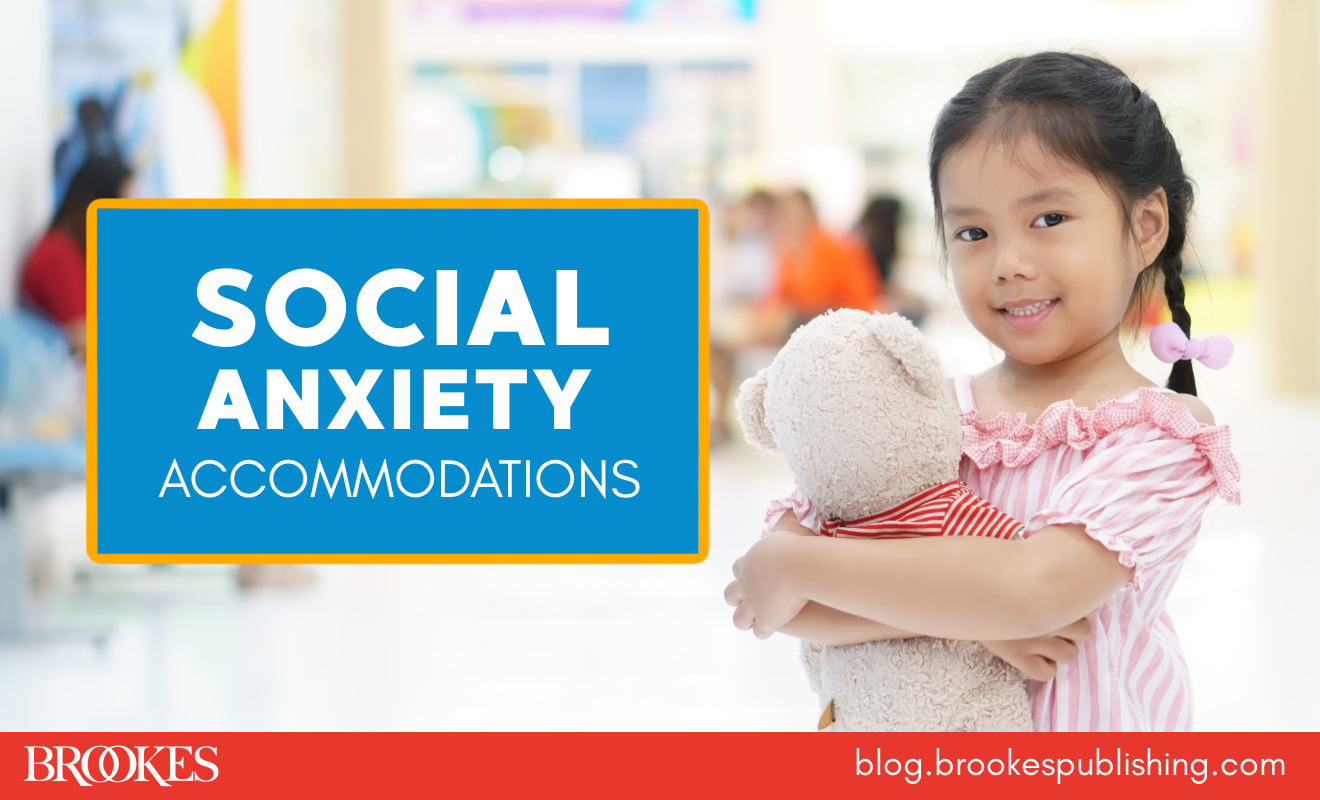
You’ve set up your early childhood classroom routines to engage all children and help them explore and learn. But even sensitive teachers may not be aware of how certain classroom activities and routines can cause stress and social anxiety for some young learners. For a child with anxiety, even an activity that seems positive can feel overwhelming when “all eyes are on them”!
What can you do to help? Here are some suggested accommodations for 5 routines and activities that may cause heightened stress for young children with anxiety, excerpted and adapted from the guidebook Addressing Anxiety in Young Learners.
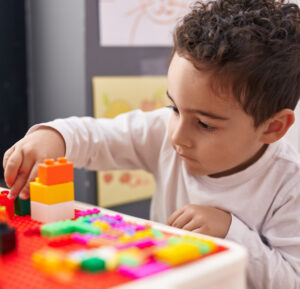 Circle time. Anxiety symptoms can make a routine like morning circle time stressful and overwhelming for some young children. Mandatory participation in circle time for a preschool child is not necessary. Most children still hear and absorb the content of circle time if they are quietly playing in another portion of the room. A teacher may worry that the child is not learning the classroom routine or is not learning new material if he is not at the circle with the rest of the children. But if the child is at circle time and suffering from strong anxiety symptoms, he’s not listening to what the teacher is saying—he is only trying to survive an uncomfortable moment. Accommodations need to be made to create the most nurturing learning environment possible.
Circle time. Anxiety symptoms can make a routine like morning circle time stressful and overwhelming for some young children. Mandatory participation in circle time for a preschool child is not necessary. Most children still hear and absorb the content of circle time if they are quietly playing in another portion of the room. A teacher may worry that the child is not learning the classroom routine or is not learning new material if he is not at the circle with the rest of the children. But if the child is at circle time and suffering from strong anxiety symptoms, he’s not listening to what the teacher is saying—he is only trying to survive an uncomfortable moment. Accommodations need to be made to create the most nurturing learning environment possible.
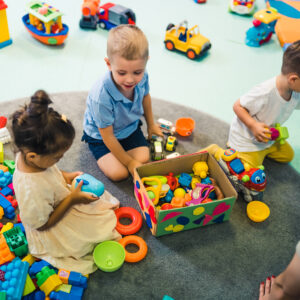 Welcome songs. A regular part of circle time may be singing some type of hello song. If the hello song identifies each child individually, then that can turn the entire room’s attention to the child who does not want to be noticed. A teacher does not need to stop singing hello songs or stop having circle time, but she may need to change the way she implements them. For example, when she sings the hello song, she may ask students to raise their hands if they want her to sing a greeting to them, or she could make the hello song part of the pick-up routine when the children are putting away toys and joining one another on the rug. That way, an anxious child may choose not to join the circle time until the hello song is over.
Welcome songs. A regular part of circle time may be singing some type of hello song. If the hello song identifies each child individually, then that can turn the entire room’s attention to the child who does not want to be noticed. A teacher does not need to stop singing hello songs or stop having circle time, but she may need to change the way she implements them. For example, when she sings the hello song, she may ask students to raise their hands if they want her to sing a greeting to them, or she could make the hello song part of the pick-up routine when the children are putting away toys and joining one another on the rug. That way, an anxious child may choose not to join the circle time until the hello song is over.
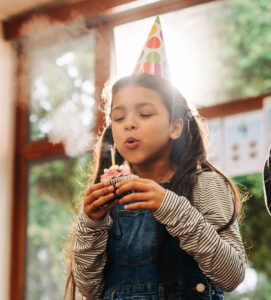 Birthday celebrations. Events that single out one specific child can be a little more complicated. If every child in the classroom has a birthday celebration, then the teacher may need to ask the child with social anxiety if she also wants to have a celebration for her birthday. She may want to bring a treat to school to share with her classmates, but she may not want all the children to look at her and sing “Happy Birthday.” That is a perfectly reasonable accommodation. If the children ask why they are not singing, it is fine for the teacher to say that their friend does not want them to sing. Some teachers may feel like the student is missing out on some of the best childhood experiences by passing on these types of events, but it’s important to remember that a child is not having happy childhood memories if she is hiding under the table because of anxiety as her classmates sing “Happy Birthday” to her.
Birthday celebrations. Events that single out one specific child can be a little more complicated. If every child in the classroom has a birthday celebration, then the teacher may need to ask the child with social anxiety if she also wants to have a celebration for her birthday. She may want to bring a treat to school to share with her classmates, but she may not want all the children to look at her and sing “Happy Birthday.” That is a perfectly reasonable accommodation. If the children ask why they are not singing, it is fine for the teacher to say that their friend does not want them to sing. Some teachers may feel like the student is missing out on some of the best childhood experiences by passing on these types of events, but it’s important to remember that a child is not having happy childhood memories if she is hiding under the table because of anxiety as her classmates sing “Happy Birthday” to her.
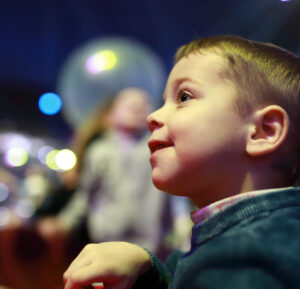 Class performances. You may need to make additional accommodations for class performances to determine how involved an anxious child may want to be. Some children may willingly participate in a music performance or a classroom play even if they’re nervous, but others may need significant accommodations. Those adaptations can range from a smaller child standing in the back so that the audience cannot see him to a situation where he may learn the music with his class but ask to not stand on the stage during the performance. The younger the child is, the more accommodating the teacher should be. Although one day the child may need public-speaking skills, he does not have to develop them in preschool or even elementary school. Not everyone wants to be a performer, and if the experience is so stressful that the child never wants to participate in this type of activity again, then it was not a learning experience for the child.
Class performances. You may need to make additional accommodations for class performances to determine how involved an anxious child may want to be. Some children may willingly participate in a music performance or a classroom play even if they’re nervous, but others may need significant accommodations. Those adaptations can range from a smaller child standing in the back so that the audience cannot see him to a situation where he may learn the music with his class but ask to not stand on the stage during the performance. The younger the child is, the more accommodating the teacher should be. Although one day the child may need public-speaking skills, he does not have to develop them in preschool or even elementary school. Not everyone wants to be a performer, and if the experience is so stressful that the child never wants to participate in this type of activity again, then it was not a learning experience for the child.
 Virtual learning sessions. Since the onset of the COVID-19 pandemic, virtual learning has become more common. Unfortunately, virtual learning has created its own spin on social anxiety. When a young child logs on to a videoconferencing meeting, the first thing she sees is a screen full of people that appear to be looking back at her. For a child with social anxiety who may prefer not to make direct eye contact, this can be extremely overwhelming. Depending on the age of the child, different accommodations can be made. Preschool-age children may prefer to place a stuffed animal in front of their camera and then sit off to the side of the computer screen where the faces are not visible. If the teacher changes the screen for everyone to look at a book or a slide deck, then the child may feel comfortable sitting closer to the screen. Older children may just move to the side of the computer where they can hear the discussion but avoid viewing the faces.
Virtual learning sessions. Since the onset of the COVID-19 pandemic, virtual learning has become more common. Unfortunately, virtual learning has created its own spin on social anxiety. When a young child logs on to a videoconferencing meeting, the first thing she sees is a screen full of people that appear to be looking back at her. For a child with social anxiety who may prefer not to make direct eye contact, this can be extremely overwhelming. Depending on the age of the child, different accommodations can be made. Preschool-age children may prefer to place a stuffed animal in front of their camera and then sit off to the side of the computer screen where the faces are not visible. If the teacher changes the screen for everyone to look at a book or a slide deck, then the child may feel comfortable sitting closer to the screen. Older children may just move to the side of the computer where they can hear the discussion but avoid viewing the faces.
A final tip: Remember, it’s not necessary for adults to eliminate every social situation to help the child be successful. That may be more of a hindrance in the long term. The goal is for the child not to be forced into social situations that can be made easier with some simple adjustments.
What do you do in your classroom to help support kids who have social anxiety? Add your thoughts in the comments below—and pick up Addressing Anxiety in Young Learners for more in-depth guidance on this important issue.

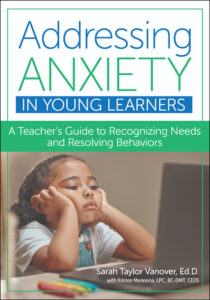
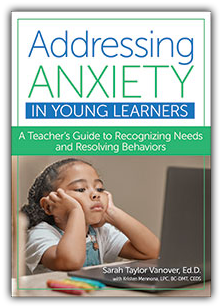


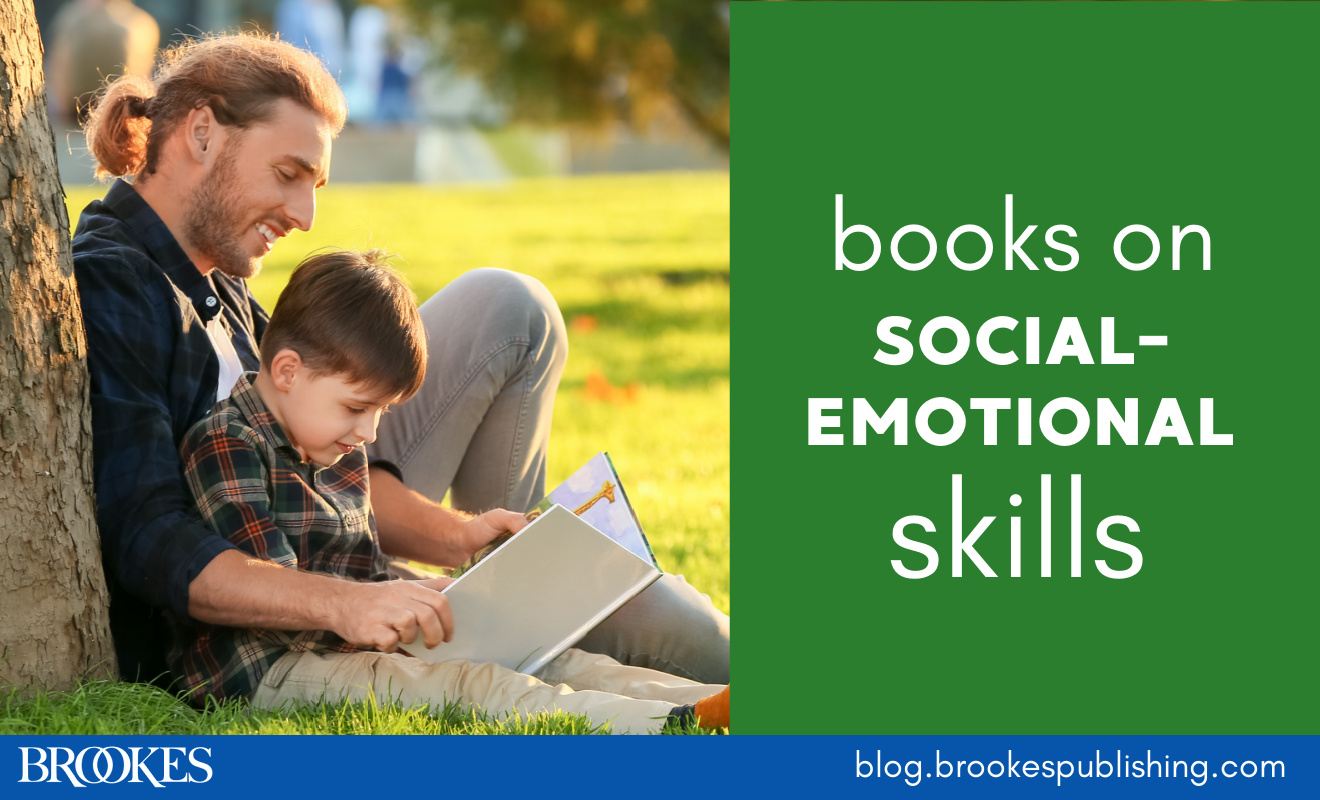
Write a Comment
Your email address will not be published. Required fields are marked *
Post a Comment